The only Photography Filters you need to carry
Before Photoshop and digital photography, filters were imperative to achieving a balanced exposure and other creative effects. Photography filters were creatively and technically used for decades to achieve results that could not be duplicated by any other means. For example, ND filters for long exposures or to tame bright light, polarizers to reduce glare and reflections, skylight filters, UV filters, colored filters… you name it.
But so many of these photography filters have been tossed aside for post-processing tools. Rightfully so, in most cases. In my opinion, there are only a few photography filters vital to modern day landscape photography. These are the ones I never leave home without!
In this article, I illustrate specific situations where I would choose these filters, situations when I wouldn’t, and images where I would and wouldn’t at the same time! Confused yet? Hang in there! But let me first break down the types of filters that exist.
Types of Photography Filters
I personally leave a 62mm thread-on CPL (circular polarizer/linear) lens on my longest lens. I use a 100mm drop-in system for all of my lenses, except for my Ultra Wide (Nikkor 14-24). For this lens, I must use a 150mm drop-in system due to its extreme field of view. Some lenses, like the Canon 11-24 and other extreme wide-angle lenses require an even larger 180mm drop-in system.
- Thread-on lens – These lenses work well when used singularly on a non-wide angle lens. They have been around for forever but have a few shortcomings. For example, a situation when you’d like to use a CPL and a thread-on graduated filter. You will likely want to rate your polarizer, but then the grad wouldn’t be horizontal; or, when stacking them, you induce vignetting.
- Drop-in – These filters are the most common and versatile. With modern systems, you can use a CPL and grad filter at the same time without issue. The drop-ins are very versatile. You can use an over-sized set for all of your lenses, rather than needing specific thread sizes for each lens.
The Photography Filters I Don’t Leave Home Without
I typically carry a 100mm set for my non-wide lenses and a 150mm set for wide lenses. This is particularly important when speaking in terms of polarization, the coverage of wide angle lenses, and their convex nature. Polarization can be spotty on wide angle, bulbous lenses and using a 150mm polarizer on lenses longer than 24mm could cause poor polarization over the field of view. Therefore, I prefer not to use the oversized polarizer on non-wide lenses, although it works in a pinch if you are trying to save weight or money.
The following filters are the ones I never leave home without (ranked in order of importance). My list can be broken down into only four filters and most of the time, it’s only the first three. With modern post-processing technology, I strongly feel that there are no other “vital” filters.
Here is my list:
Circular Polarizer
The Circular polarizer can be used in so many ways and should be an integral part of everyone’s kit.
A CPL allows light to only enter in one direction. Typically, light waves can be rather messy which results in glare. Glare if reflected and refracted light which shines in every direction. A polarizer neatens these light waves, knocking down the amount of reflected and refracted light.
The following are some examples of when I would use a CPL:
- Capturing Waterfalls – To reduce glare on rocks, foliage, and water. This results in richer colors and enhanced contrast.
- Cityscapes – To reduce reflections
- Photographing through windows or water – To reduce reflections
Soft Graduated ND Filters
Soft Graduated ND Filters are used to balance exposures, tame bright light, and reduce the dynamic range. They are typically taller than they are wide and have a gradient from the established density (darkness) to clear. The idea is to situate the gradation over the transition of light to dark in your frame.
The following are some examples of when I would use a Soft Grad:
- Capturing a sunrise or sunset from high atop a canyon when I am shooting towards or perpendicular to the sun.

This image entitled Inferno was one of themes notable sunsets of 2018 and a fantastic example of when to use a Soft Grad. A 3-stop was barely enough to contain the data in this scene! Adding a second grad would’ve crated a noticeable transition throughout the scene that would’ve been very challenging to correct.
Neutral Density Filters
Neutral density (ND) filters are used to “trick” your camera into thinking the scene is darker than reality, allowing you to lengthen exposures for creative purposes.
ND filters are useful when the scene is too bright to allow you (at your lowest native ISO) to achieve the long shutter effect you want. Because of this, NDs come in many densities, although only a few are necessary. The density is based on your shutter speed preferences and the effect you’re striving for.
The following are some examples of when I would use an ND filter:
- Capturing a waterfall during day time. A three-stop ND photography filter and CPL gives me about a 1/4 second shutter speed… which is perfect.
- To capture extremely long exposures for fine art black and white images.

This image was created using ONLY an ND filter, not because it was a good example of, but because seconds before I had lost my 150mm polarizer to the rushing rapids between my feet. A 3-stop ND filter still allowed me to capture the soft movement of the waterfall without the “need” of a CPL, although I would’ve preferred a CPL so that the reflection was not as intense.
Don’t forget that this assessment is based purely on my own opinion and experience. There are other notable photographers that may share different ideas or might be extremely comfortable in combining exposures where a grad filter could have been useful. These are the tools that I use frequently to create my work; I carry them everywhere I go.
I hope that this breakdown helps you identify what filters are useful and vital in YOUR workflow!







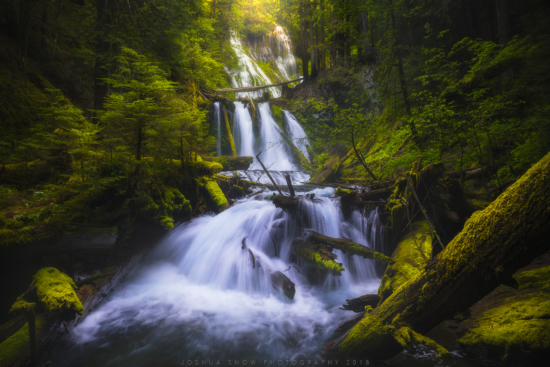
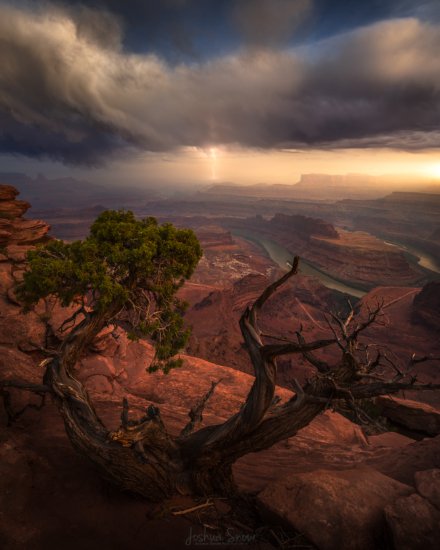
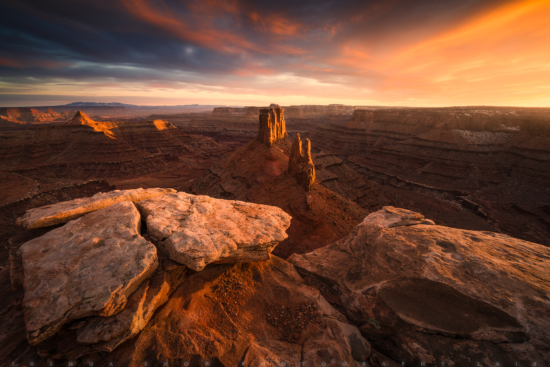



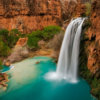
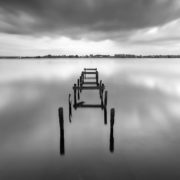

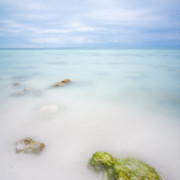
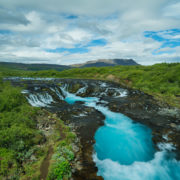



Nice images! When you use a polarizer for a stitched panorama, do you ever run into problems with the intensity of the polarizer’s effect changing throughout the sky as you go across? If so, do you somehow fix it in post? Thanks.
Hi Ann! Sometimes yes I do run into issues with panoramas and polarizers so often times I will shoot another set without the polarizer and blend them! Thank you for the kind words!
Good idea! Thanks.
Thanks Josh! This is such useful information. I’m planning to invest in a drop-in filter system and it helps knowing which filters are most important!